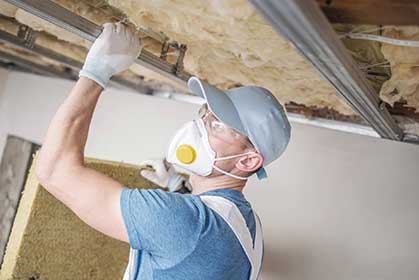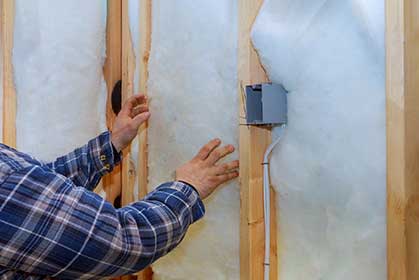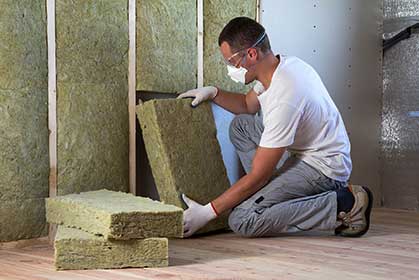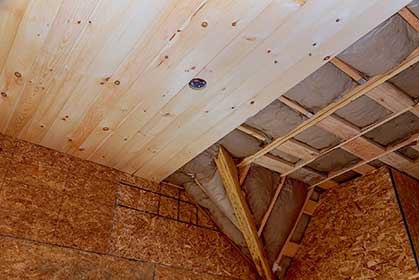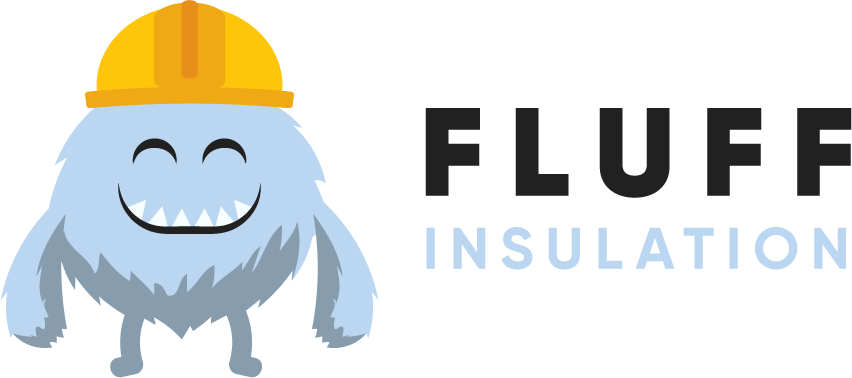BATT INSULATION
The go-to insulation. Batt insulation has numerous applications; from walls to ceilings, fire resistance to soundproofing. Cost ranges from low to high.
SPRAY FOAM
The one-stop-shop insulation. Suitable for every application imaginable. This insulation type can be installed anywhere and at any thickness. Cost ranges from medium to high.
BLOWN INSULATION
Ideal for attics and walls. Add as much or as little as you need. Perfect for completed spaces with no existing insulation. Cost ranges from medium to high.
About Us
Fluff Insulation is here to reduce your carbon footprint and your monthly bills. Whether it be batt, blown, or spray foam insulations, our team is laser focused on providing the best quality and commitment to your project. We are determined to provide honest, straight forward pricing and recommendations to fit your specific insulating needs and can accommodate any job no matter the size.
Our Services
R-Value
R-Value is the measurement of how well an insulation retains temperature. The higher the R-value, the better insulated the space is.
BATT INSULATION
When most people think of insulation, they picture batt insulation. It is one of the most widely used insulations in both commercial and residential applications. It is used to insulate, add fire resistance, and to soundproof. Batt insulation is made with two different materials, fiberglass, and minerals. Fiberglass batts are used almost exclusively to insulate, while mineral batts are more widely used to achieve fire rating or soundproofing. In many applications, batt insulation should be installed with a vapor barrier (a thin layer of plastic) to avoid moisture penetration, and acoustical caulking to avoid excessive airflow and therefore temperature loss. Batt insulation comes in numerous sizes, thicknesses, and R-value ratings.
SPRAY FOAM
Being one of the newest technologies in the insulation industry, and with a quicker setup and application time, spray foam has become one of the premium applications in the past few decades. Advancing more and more each year it, the market for spray foam has increased dramatically. An ideal product for almost every project, spray foam also comes with a more premium price tag. With advanced training, machinery, and proper product application all being required, costs of spray foam tend to rise higher than most other applications of insulation. However, there is a silver lining. While other insulations require additional materials for application or completion, or even additional preparations such as fully framed walls or ceilings, spray foam can be applied directly to bare balls, ceilings, crawl spaces, and much more. This advantage allows quicker application speeds in situations where time or scheduling could cost money. Another key advantage to spray foam is its ability to achieve high R-values at low thicknesses. While other insulations can be compared to family sedans or minivans, suitable for specific needs, spray foam is like a luxury pickup truck: premium, comfortable, and versatile.
BLOWN INSULATION
Blown insulation is an excellent method to insulate attic spaces in homes, garages, or outdoor shops. It is, as the name suggests, blown directly into the desired space after being reduced to a fluffy, light consistency. The best advantage of this type of application is that it can be added to near infinity heights to achieve the desired R-value. While blown insulation is best known for being used in attics, it has numerous other applications. It is excellent for use in walls, and ceilings without above attics, and one of its most unique features is that it can be added to the same size cavity to achieve a higher R-value. Wall and ceiling applications use a patented mesh to create an enclosed cavity in which the insulation can be pumped into to achieve higher densities, and therefore higher R-value. There are limits to how much these cavities can handle, requiring thicker lumber in certain cases, however on average each space has an additional density range of 40%.
INSULATION REMOVAL
When preparing existing spaces for new insulation, it is sometimes necessary to remove existing insulation. Whether it be batt, blown, spray foam, or blanket, removing old insulation is often mandatory to reduce risk of exposure to older harmful materials. Over the past 50 years insulation has advanced drastically, becoming cleaner, more efficient, &more eco-friendly. A fresh start is often beneficial to your health, and allows the new insulation to better do its job.
Our Customers
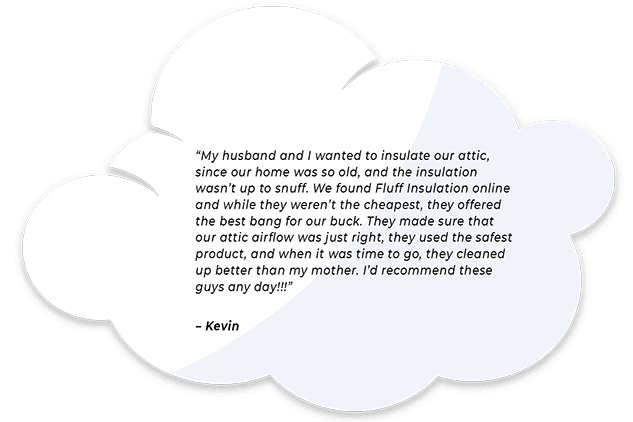




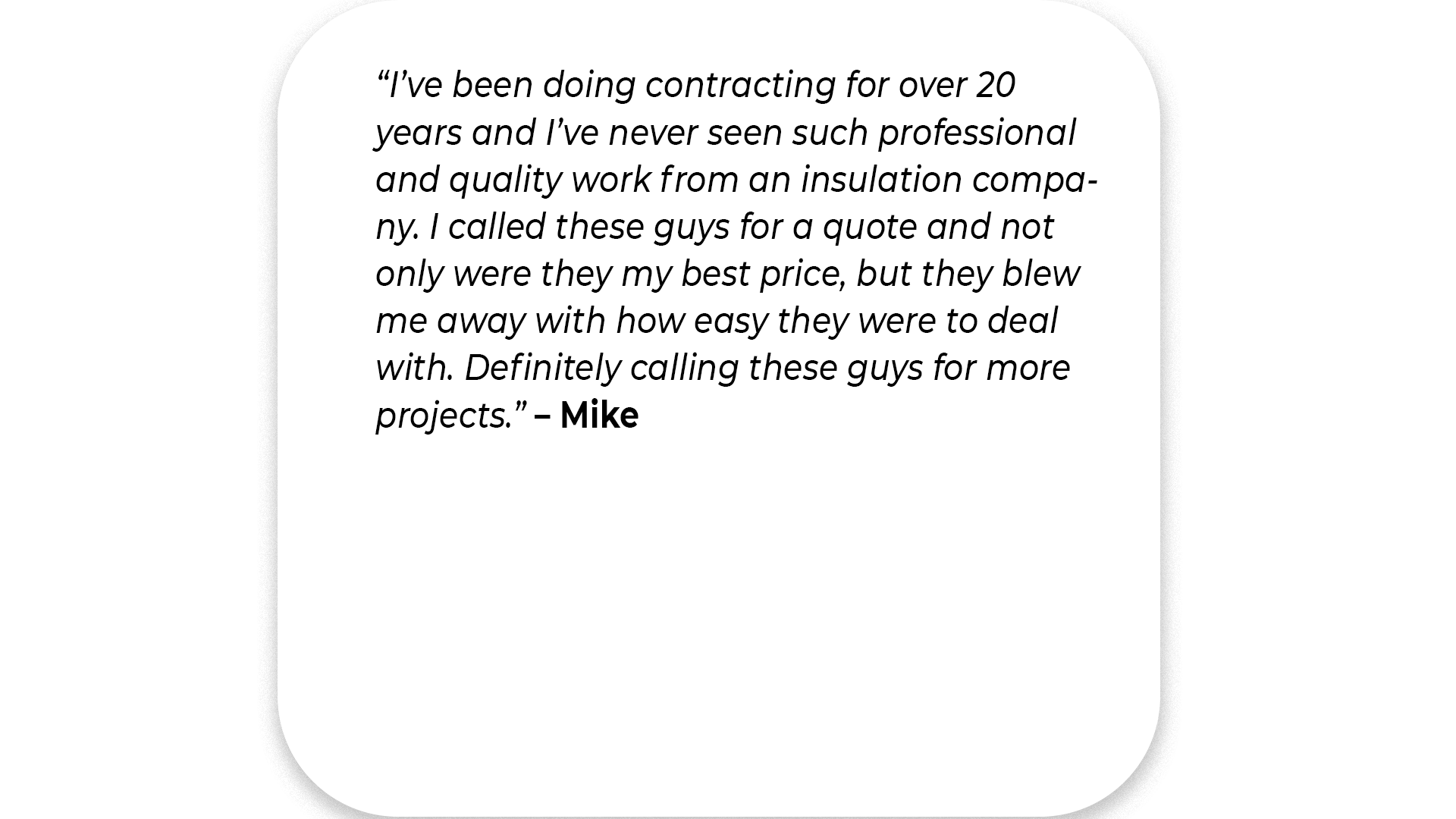
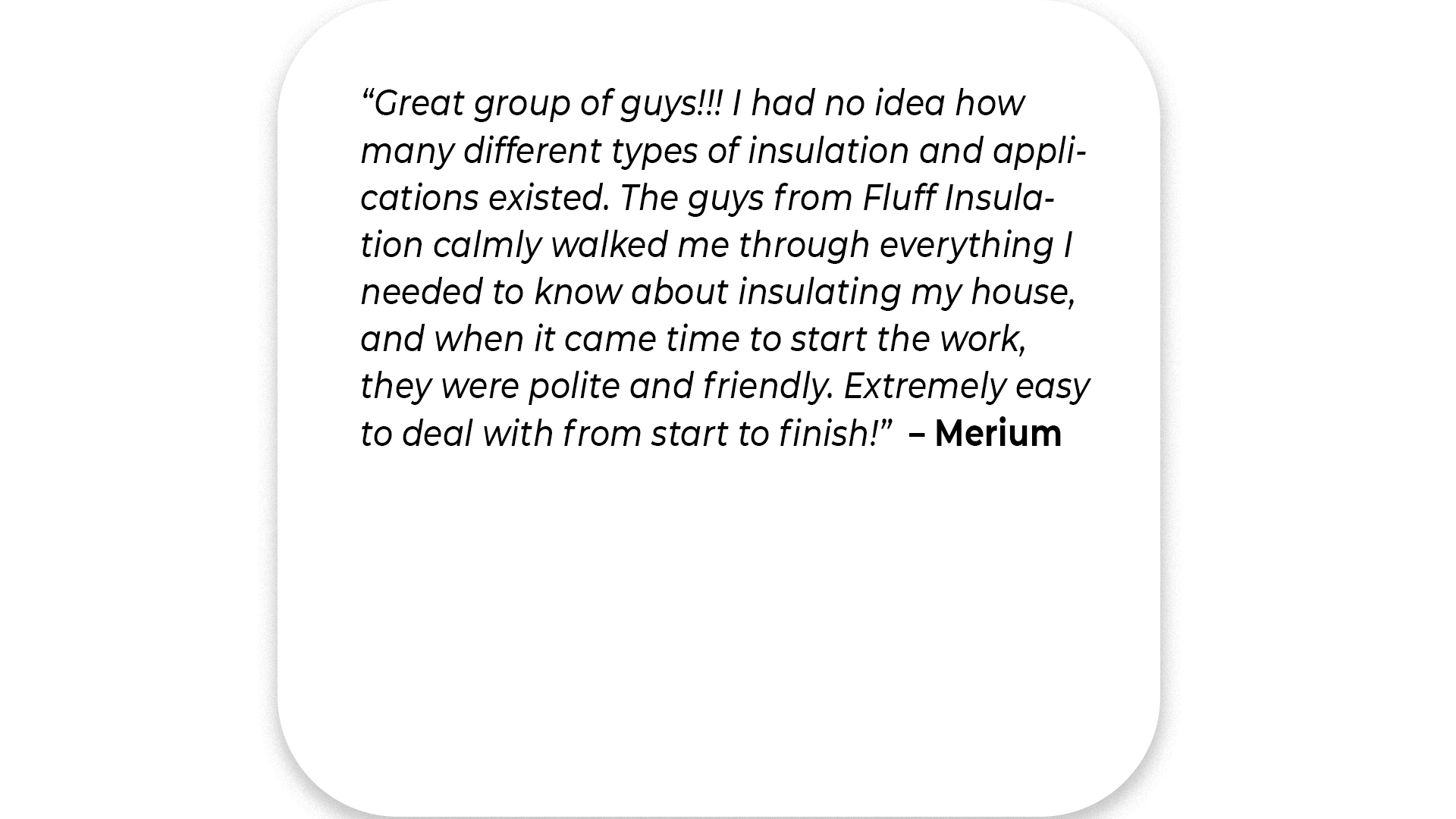
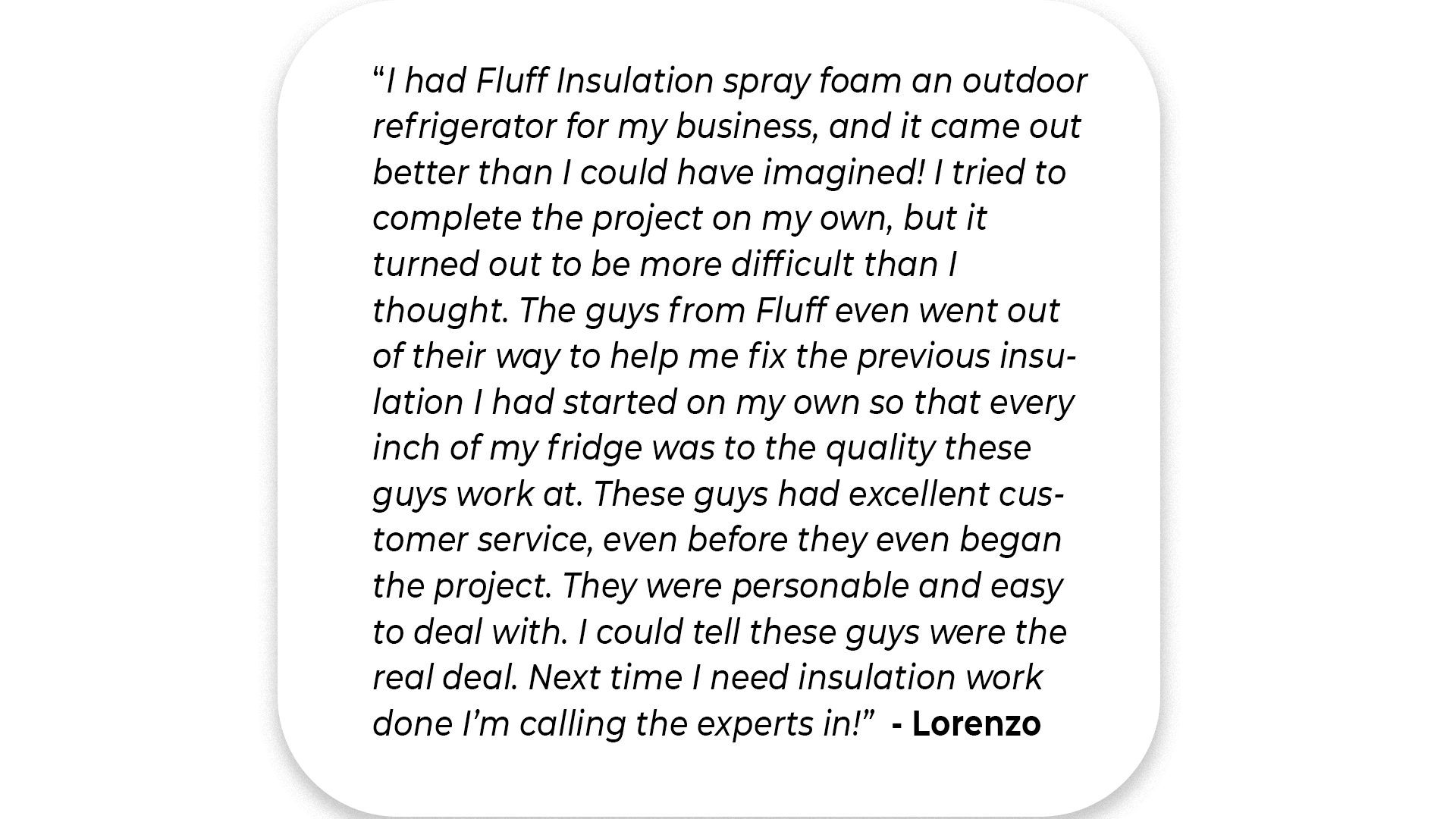
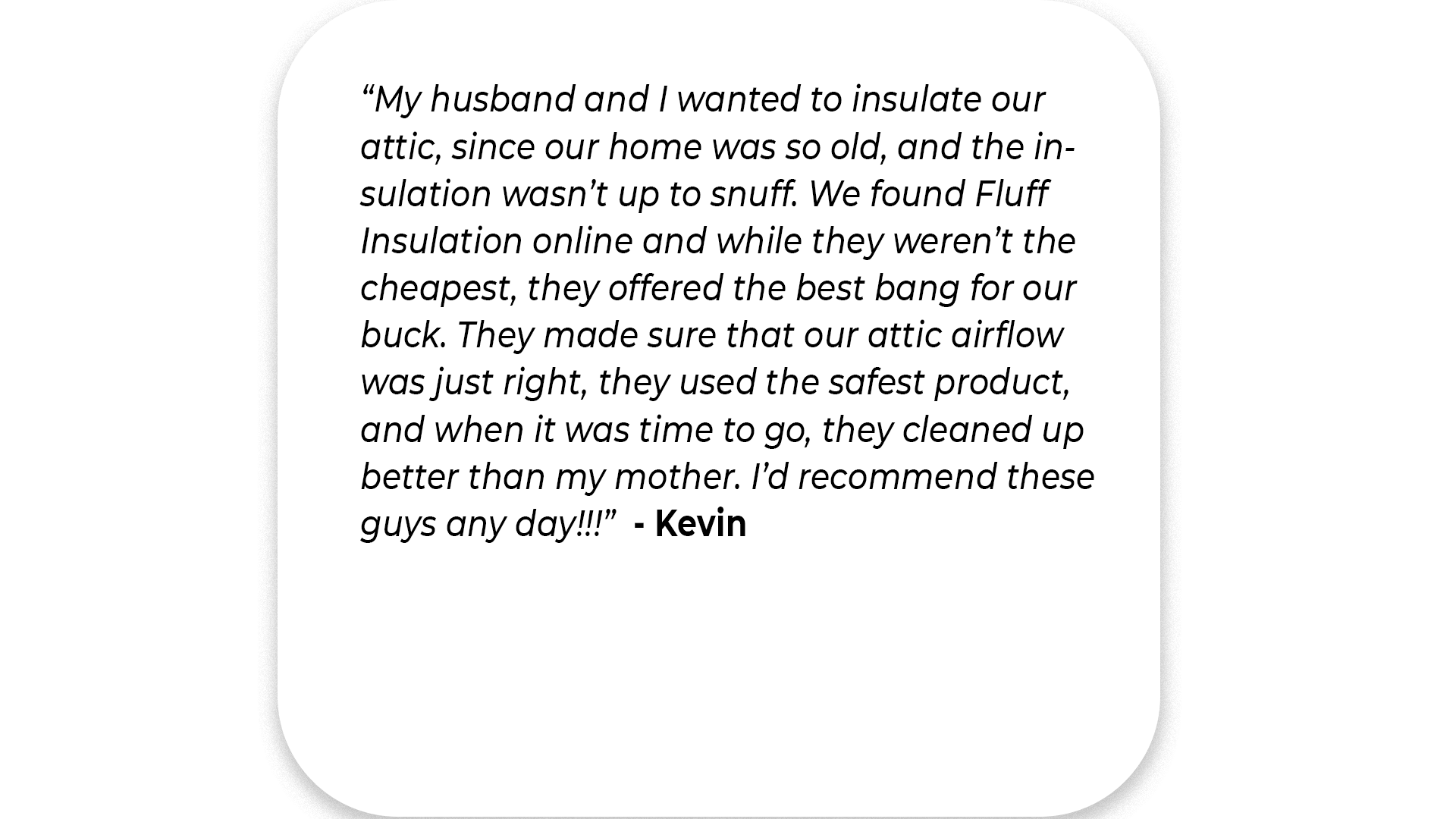
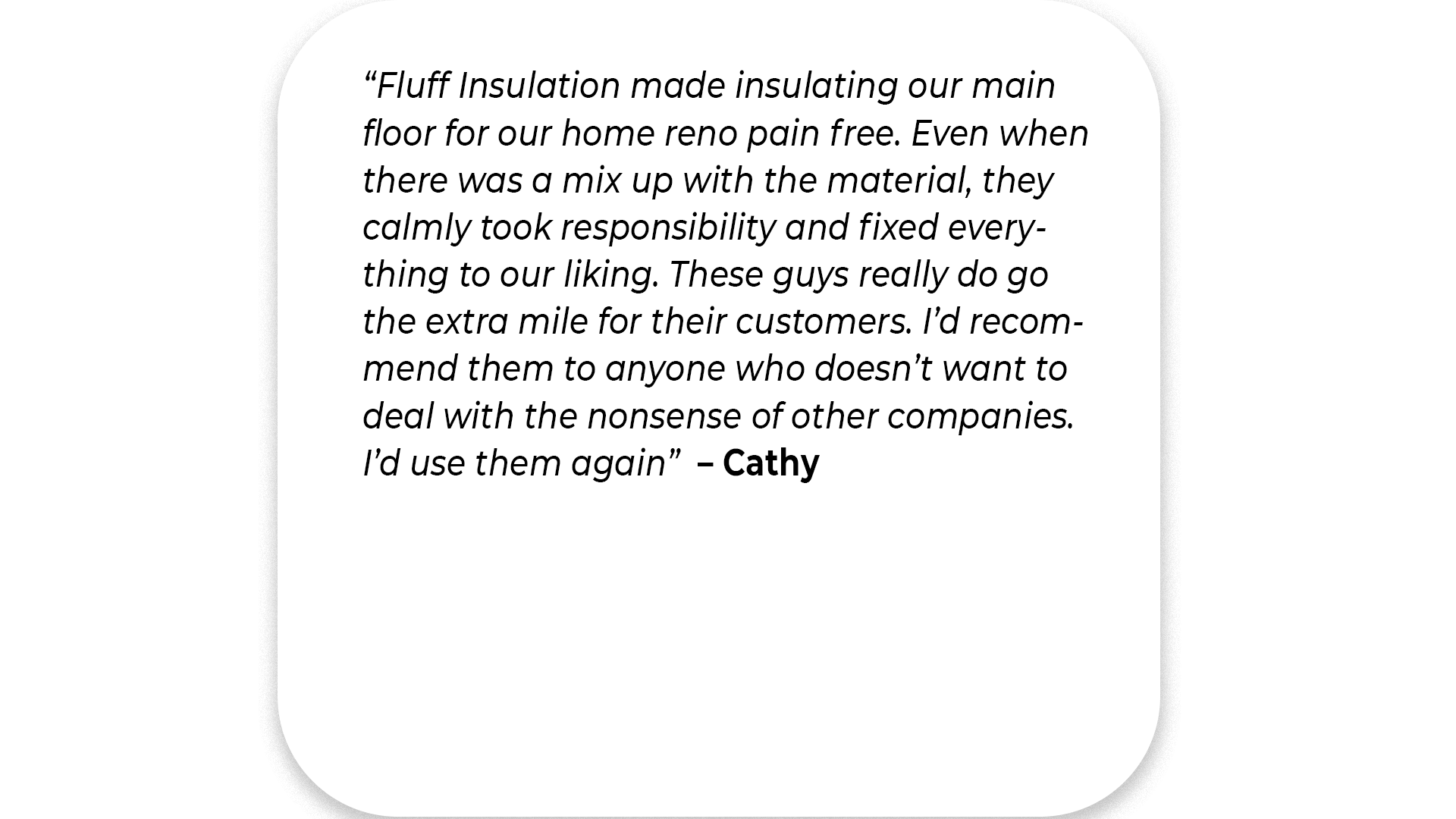
Gallery
